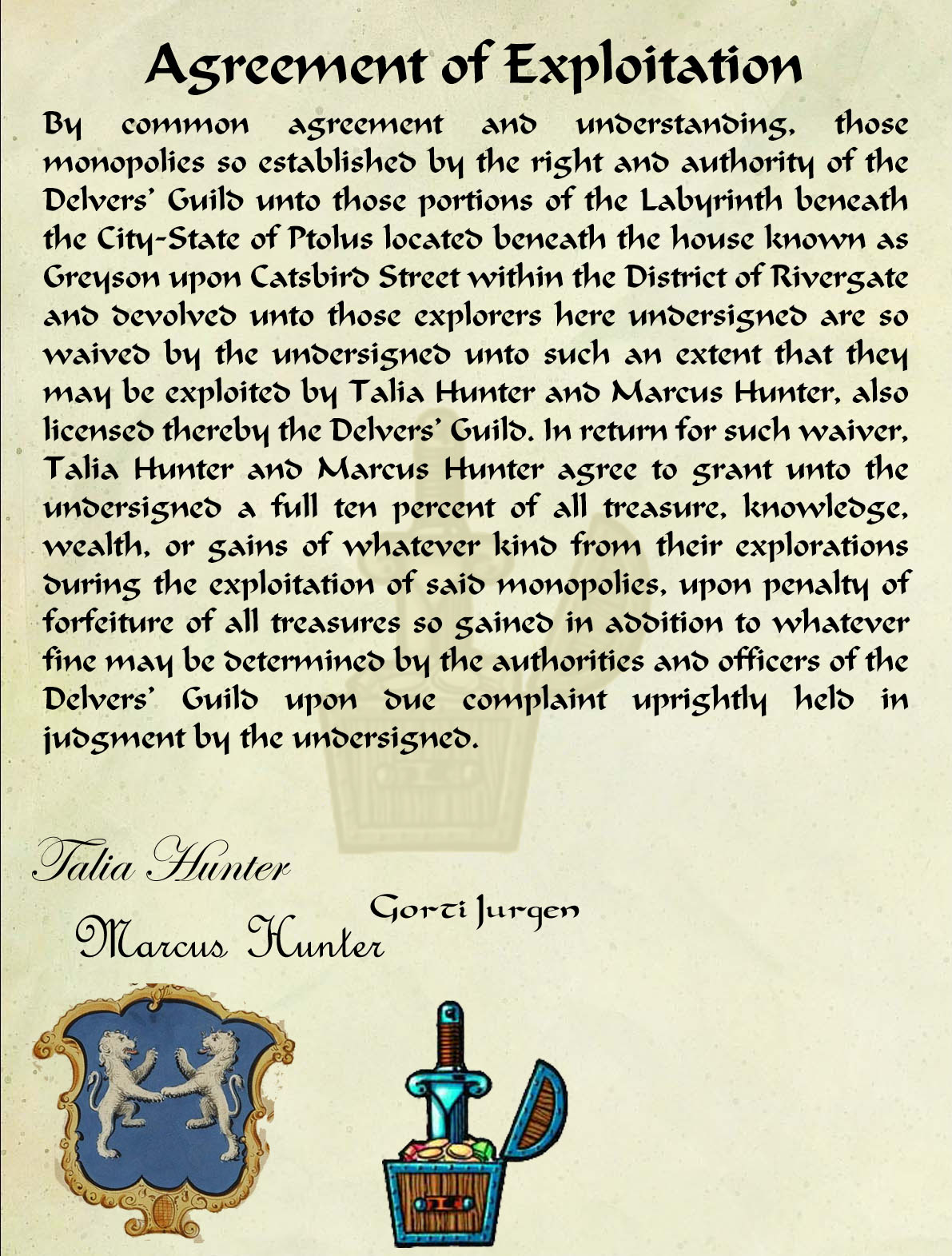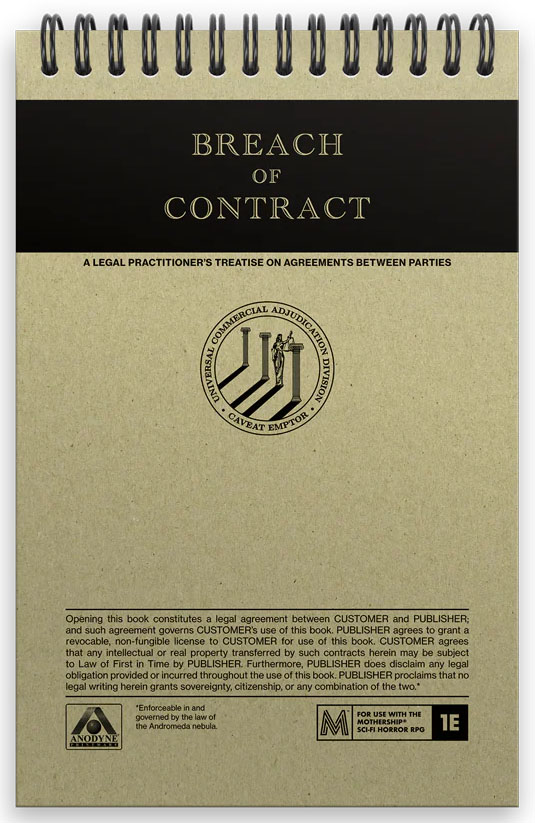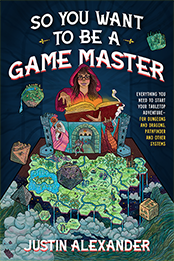DISCUSSING
In the Shadow of the Spire – Session 48C: Entering the Tomb
Passing down a short flight of open stairs and through an antechamber of sorts, they entered another large chamber, this one with a wide pit in the center of it.
Carefully approaching the edge of the pit, Tee looked down to find it tightly packed with two dozen or more ancient zombies – their grey and desiccated flesh stretched cross across browned bones. When they became aware of their presence, the undead things began to claw wildly at the walls, although they found no purchase and there seemed little risk of their escape.
“Desiccated?” Agnarr said. “That sounds flammable.”
As the PCs reach what we now think of as Tier 2, you have the opportunity to start using certain monsters for effect rather than threat.
When they were 1st level, the PCs nervously peered in every direction, ready to leap into action at even the slightest hint of movement. They really had no choice: Even a rabid house cat might prematurely end their adventuring careers with a couple of unlucky dice rolls.
As you drift into higher levels, however, some of those early foes become so trivial that they no longer pose any meaningful threat, even in great numbers. Take, for example, the pit of zombies in this session. Even if one of the PCs had been thrown headlong into this shambling horde, they’d almost certainly have been okay: If they hadn’t torched them, Nasira could’ve turned them en masse. And if she hadn’t, then Agnarr could have easily cleaved his way through them.
As a GM, it’s easy to respond to this trivialization of challenge by simply eliminating such encounters. And, of course, to some extent, that exactly what you should do.
But what this ignores is that encounters can be – and should be! – about more than just combat challenges. If you’ve been conditioned to think of D&D as simply a string of combat encounters connected with a thin patina of exposition, this may seem strange. But encounters should also be serving the needs of mood, theme, logic, and world-building.
This particular pit is helping to set tone and show the history of the Tomb (the upper levels have been abandoned for a long, long time). It also reinforces theme and just generally creeps the players out. (It could have also been significant as a bargaining chip when the PCs went down to the second level of the dungeon, but (a) as we can see here, that never happened and (b) I no longer recall if that was intentional on my part when designing the dungeon or if it was just one of those happy accidents.)
Facing encounters that would have once been daunting but have instead become trivial also communicates something about the PCs’ changing place in the world. It’s also important to remember that, even though such encounters might pose little or no risk to the PCs, they can still be deadly dangers to their PCs’ allies and other NPCs in the dungeon (and showing that to the players can also be a great way of reinforcing everything they’ve gained through their hard work).
For example, maybe the PCs can cut a swath through the goblins on the top level of the dungeon with ease, but the presence of those goblins may nevertheless explain why the lizardfolk have been trapped down on the second level of the dungeon.
Undead, in particular, can have a lot of this worldbuilding potential. They can last a long time and continue communicating a lot about a dungeon’s original purpose and its history, either through their presence, their actions, or even just their clothing. And, in terms of challenge, there’s something deeply satisfying about watching foes that once intimidated you go scurrying away in terror after the cleric turns them.
You can take a lesson from that when running non-undead foes, too: You don’t need a divine gift for a mob of goblins to go scurrying for their hidey-holes after seeing the barbarian slice-and-dice their comrades by the dozen.
It feels great for the players, but can also present a fun twist where the trivial mooks raise the alarm and bring much dangerous foes into the fray.
Campaign Journal: Session 48D – Running the Campaign: Art Handouts
In the Shadow of the Spire: Index

















